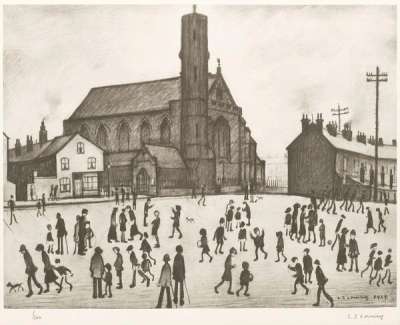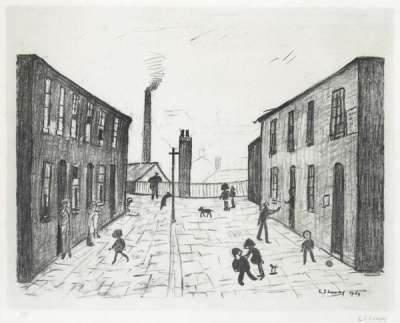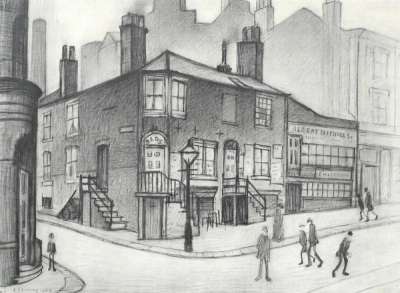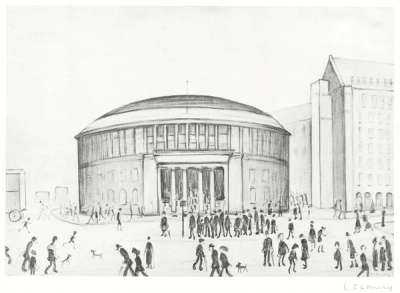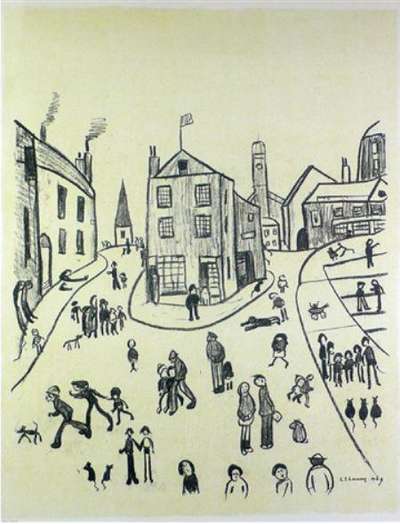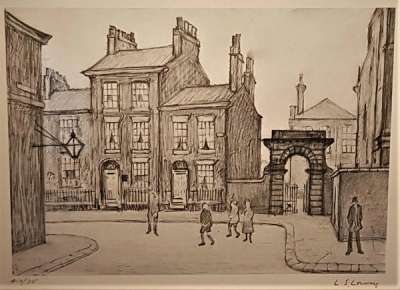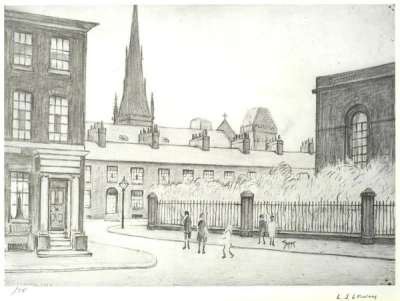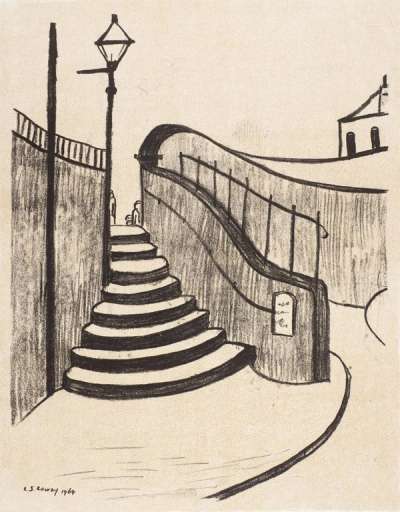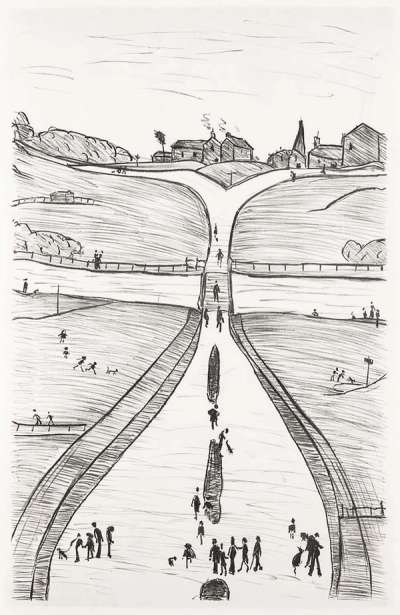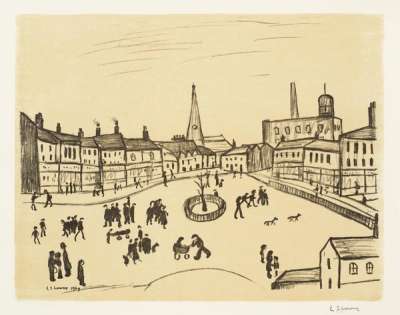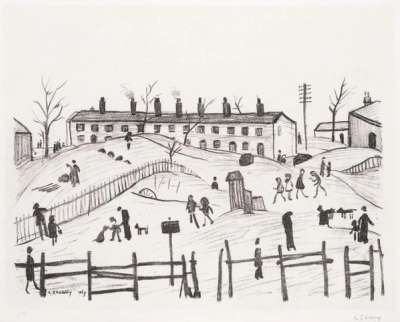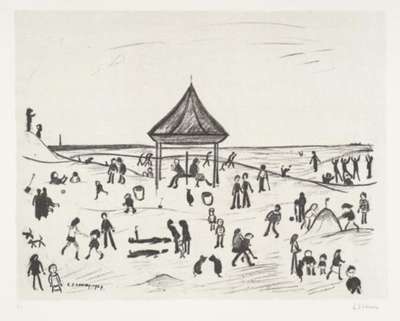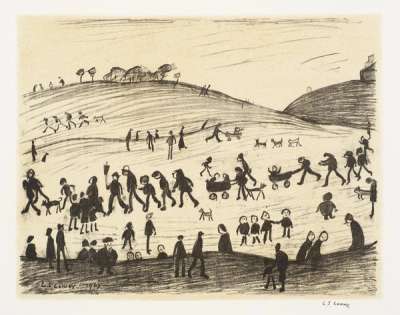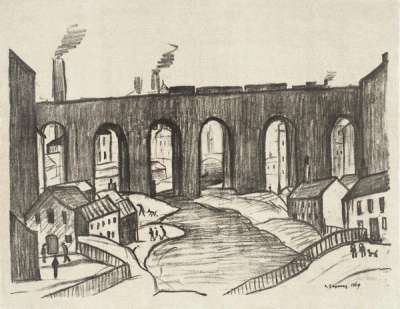
Street Full Of People
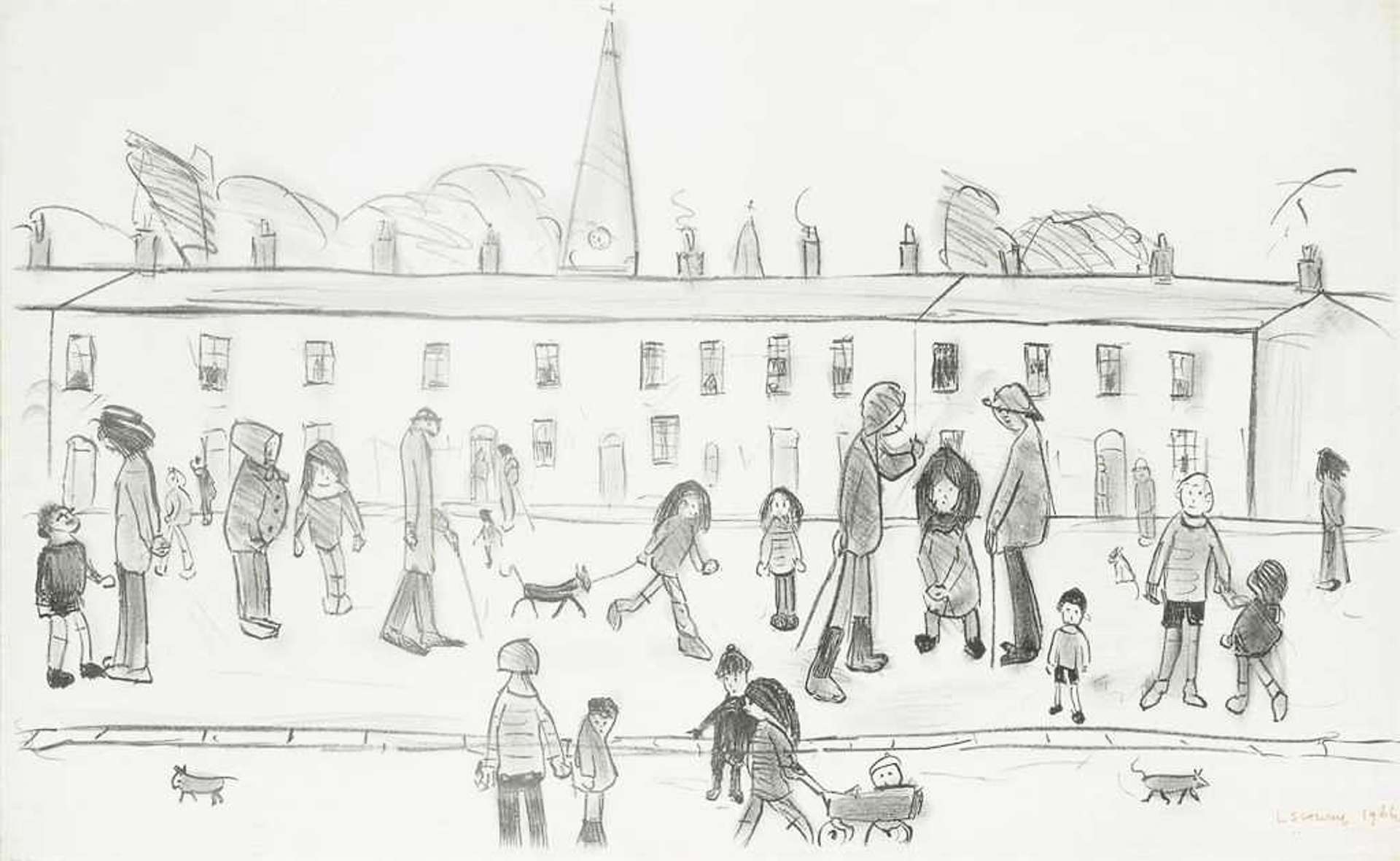
Street Full Of People
Signed Print
L S Lowry
£8,500-£12,500
$17,000-$24,000 Value Indicator
$14,500-$22,000 Value Indicator
¥80,000-¥110,000 Value Indicator
€10,000-€14,500 Value Indicator
$80,000-$120,000 Value Indicator
¥1,620,000-¥2,390,000 Value Indicator
$11,000-$16,000 Value Indicator
AAGR (5 years) This estimate blends recent public auction records with our own private sale data and network demand.
There aren't enough data points on this work for a comprehensive result. Please speak to a specialist by making an enquiry.
Medium: Lithograph
Edition size: 75
Year: 1966
Size: H 58cm x W 92cm
Signed: Yes
Format: Signed Print
TradingFloor
MyPortfolio
Your collection tracked in real time.
Build your portfolio, manage valuations, view return against your collection and watch works you're looking for.
Track auction value trend
Auction Results
| Auction Date | Auction House | Artwork | Hammer Price | Return to Seller | Buyer Paid |
|---|---|---|---|---|---|
| November 2021 | Chiswick Auctions - United Kingdom | Street Full Of People - Signed Print | |||
| March 2020 | Christie's London - United Kingdom | Street Full Of People - Signed Print | |||
| June 2018 | Adam Partridge Auctioneers & Valuers - United Kingdom | Street Full Of People - Signed Print | |||
| December 2010 | Christie's London - United Kingdom | Street Full Of People - Signed Print |
Meaning & Analysis
Drawn in a larger landscape format than any of the artist’s other lithographs, Street Full Of People by L. S. Lowry is a print from 1966 that shows a simple scene of figures in front of some terraced houses. The scene is drawn from a slightly elevated view, though the figures in the foreground remain the central focus of the scene.
Until the final years of his life Lowry continued to draw obsessively, producing over 8,000 works, many like this one that were made on location as a means to capture the nuances of his everyday life. It is clear that Street Full Of People was produced quickly from life by Lowry, due to the print’s loose lines and simplistic shapes used to give the impression of a bustling residential street. Lowry saw drawing as a medium in its own right, not just as an important step in producing paintings.
There is much speculation surrounding whether Lowry’s portrayal of the working classes was sympathetic or whether his figures appear as grotesque caricatures. As an early drawing, Street Full Of People seems to represent a more sympathetic view of the people Lowry was so interested in depicting. Though the figures are highly stylised, Lowry takes care to take his subjects seriously whilst showing them in a light-hearted context.
